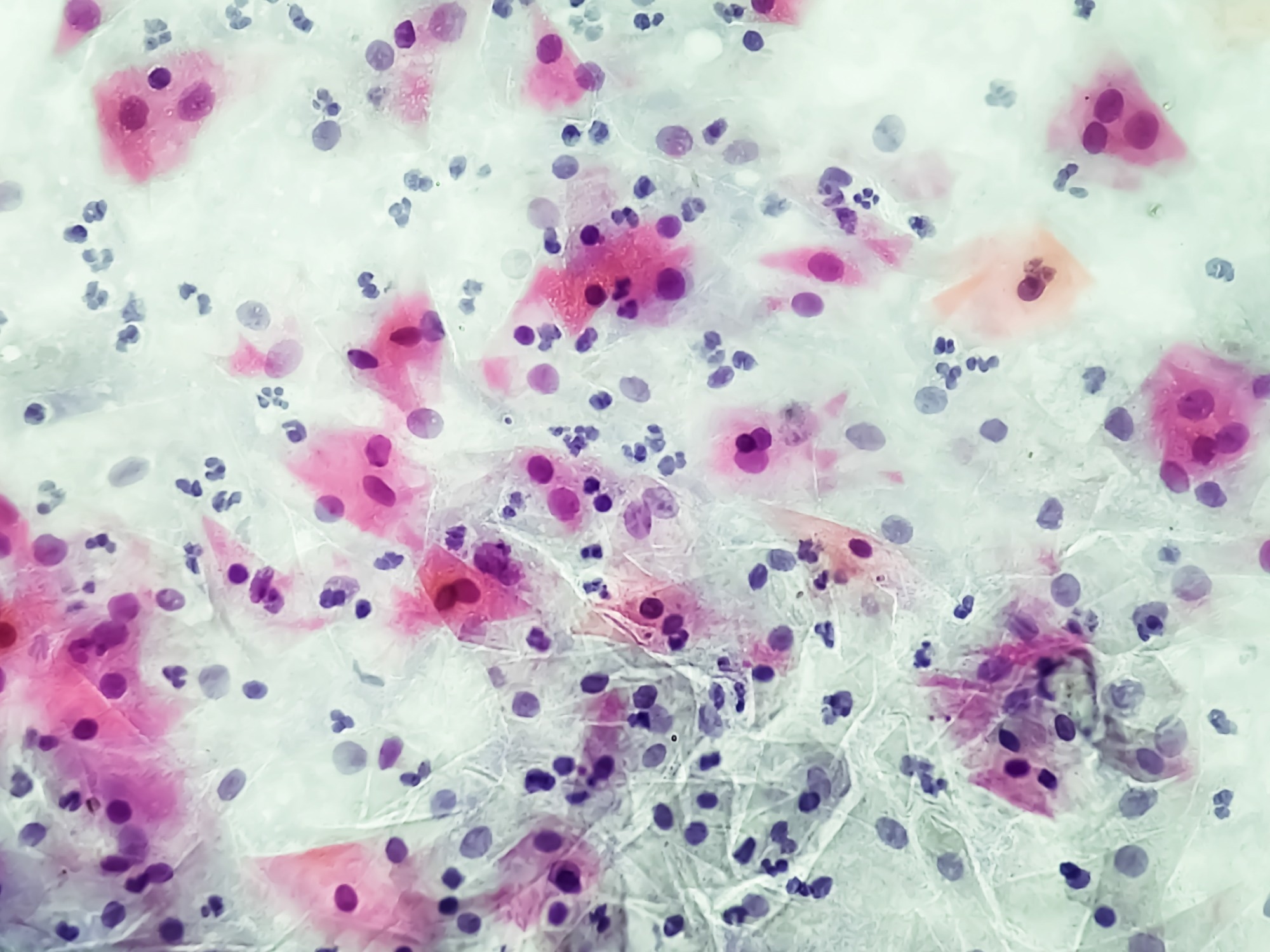Gardnerella vaginalis strains play a major role in dysbiosis, contributing to bacterial vaginosis. The development of antibiotic resistance in G. vaginalis and the absence of more effective treatment options than antibiotics have been significant hurdles in treating bacterial vaginosis.
In a recent study published in Scientific Reports, scientists explored a computational approach to identify proteins in G. vaginalis that could be potential drug targets and screen various compounds for pharmacokinetic effects against these targets.
 Study: Computational approach for drug discovery against Gardnerella vaginalis in quest for safer and effective treatments for bacterial vaginosis. Image Credit: Saiful52/Shutterstock.com
Study: Computational approach for drug discovery against Gardnerella vaginalis in quest for safer and effective treatments for bacterial vaginosis. Image Credit: Saiful52/Shutterstock.com
Background
Bacterial vaginosis is caused primarily by G. vaginalis, a bacillus or rod-shaped, Gram-negative bacteria that adheres to the epithelial cells of the vagina and forms biofilms that protect it from the immune responses of the host.
Furthermore, the bacteria produce virulence factors such as sialidase, which breaks down the protective mucosal layer of the vagina, and inerolysin and vaginolysin, which damage the cell membranes. These virulence factors further facilitate the adhesion and biofilm formation.
Bacterial vaginosis due to G. vaginalis is diagnosed primarily using assessments of Gram-stained vaginal smears using Nugent’s scoring system or Amsel’s method.
Antibiotics such as clindamycin and metronidazole have been typically used to treat bacterial vaginosis. However, these antibiotics are only a short-term solution as the recurrence rate is high.
Recent studies have been exploring vaginal microbiome transplants and probiotics as potentially more sustainable treatment options for bacterial vaginosis, and while the results have been promising, the limitations of current therapies highlight the need for more effective and sustained treatment methods.
About the Study
In the present study, the scientists used a bioinformatics-based approach to identify potential drug targets in G. vaginalis and screen for potential therapeutic compounds.
This method has previously been used for identifying and selectively targeting various bacterial proteins significantly different from or absent among host proteins, minimizing the possibility of adverse and off-target effects.
The study used computational methods such as subtractive proteomics, ADMET or Absorption, Distribution, Metabolism, Excretion, Toxicity analysis, molecular docking, and simulation of molecular dynamics to identify drug targets and screen for potential drugs.
A reference strain of G. vaginalis was analyzed using subtractive proteomics to identify proteins involved in essential pathways and functions. This involved identifying non-redundant bacterial proteins, which were then compared against human proteins to retain the non-homologous proteins. The selected proteins were further verified against those from beneficial gut microbes to ensure further non-homology.
Sequence characterization was used to examine the phytochemical properties of the selected proteins, as well as their immunogenic properties, toxicity, and allergenicity. Deep-learning-based models were also used for structure modeling and analysis of the motifs.
Additionally, molecular docking was employed to predict the binding affinities between the selected proteins and potential inhibitors of those proteins from the ZINC database, which is a curation of commercially available chemical compounds used for virtual screening.
Using ADMET screening, compounds that exhibited favorable pharmacokinetic properties and suitable safety profiles were selected. Furthermore, a molecular dynamics simulation was conducted to understand the stability and dynamic behavior of the five ligand-protein complexes selected based on the best scores.
Major Findings
The study identified 3-deoxy-7-phosphoheptulonate synthase, also called DAHP synthase, a protein coded by the aroG gene, as a suitable bacterial protein from G. vaginalis for downstream analysis.
DAHP synthase is essential for the shikimate pathway, which produces aromatic amino acids such as tyrosine and tryptophan and various compounds derived from these amino acids.
The DAHP synthase molecular structure was stable, with hydrophobic regions segregated in a globular structure. Additionally, due to the ideal protein size, DAHP synthase was identified as a viable drug target.
Furthermore, various inhibitors of DAHP synthase were identified from the ZINC database as having high solubility, good oral bioavailability potential, and favorable pharmacokinetic characteristics.
The safety profile also indicated a lower probability of hepatotoxicity, mutagenicity, and skin sensitivity concerns. However, pregnancy, renal impairments, liver cirrhosis, and steatosis are conditions that could impact the absorption rates of these compounds.
Physiologically-based pharmacokinetic modelling, which examines the four key aspects of absorption, distribution, metabolism, and excretion, identified the compound ZINC98088375 as having the most effective systemic circulation and highest bioavailability.
Conclusions
The study used a computational framework to identify G. vaginalis proteins as potential drug targets to effectively develop therapeutic options to treat bacterial vaginosis.
The study identified DAHP synthase as a potential drug target based on its function in essential amino acid pathways in the bacteria.
Numerous inhibitors from the ZINC database were identified as having suitable pharmacokinetic properties and favorable safety profiles. ZINC98088375 was recognized as the compound with the most efficient circulation in the host system and high bioavailability.
Further in vitro and in vivo studies are required to assess the efficacy of these drugs for clinical use.